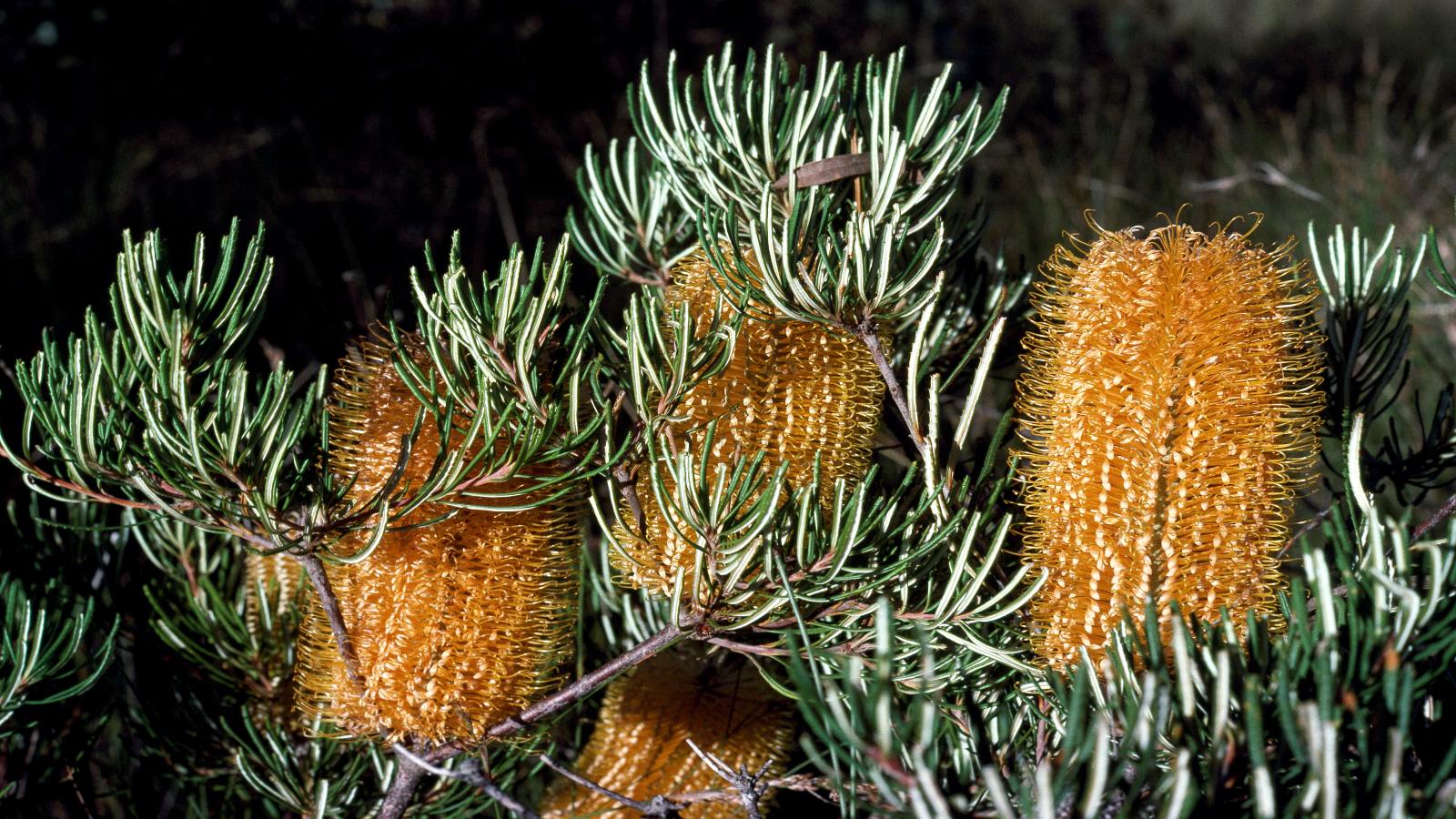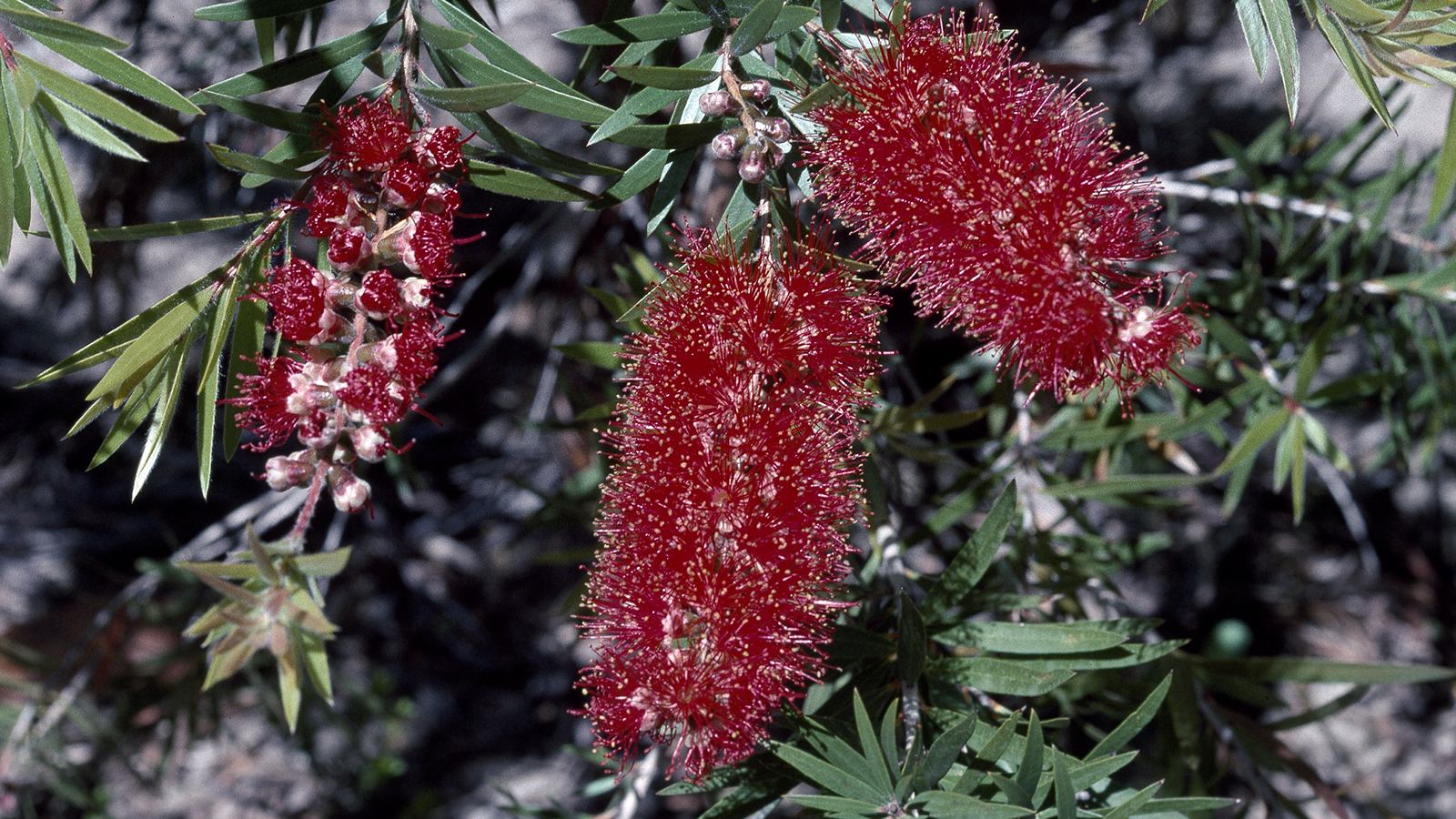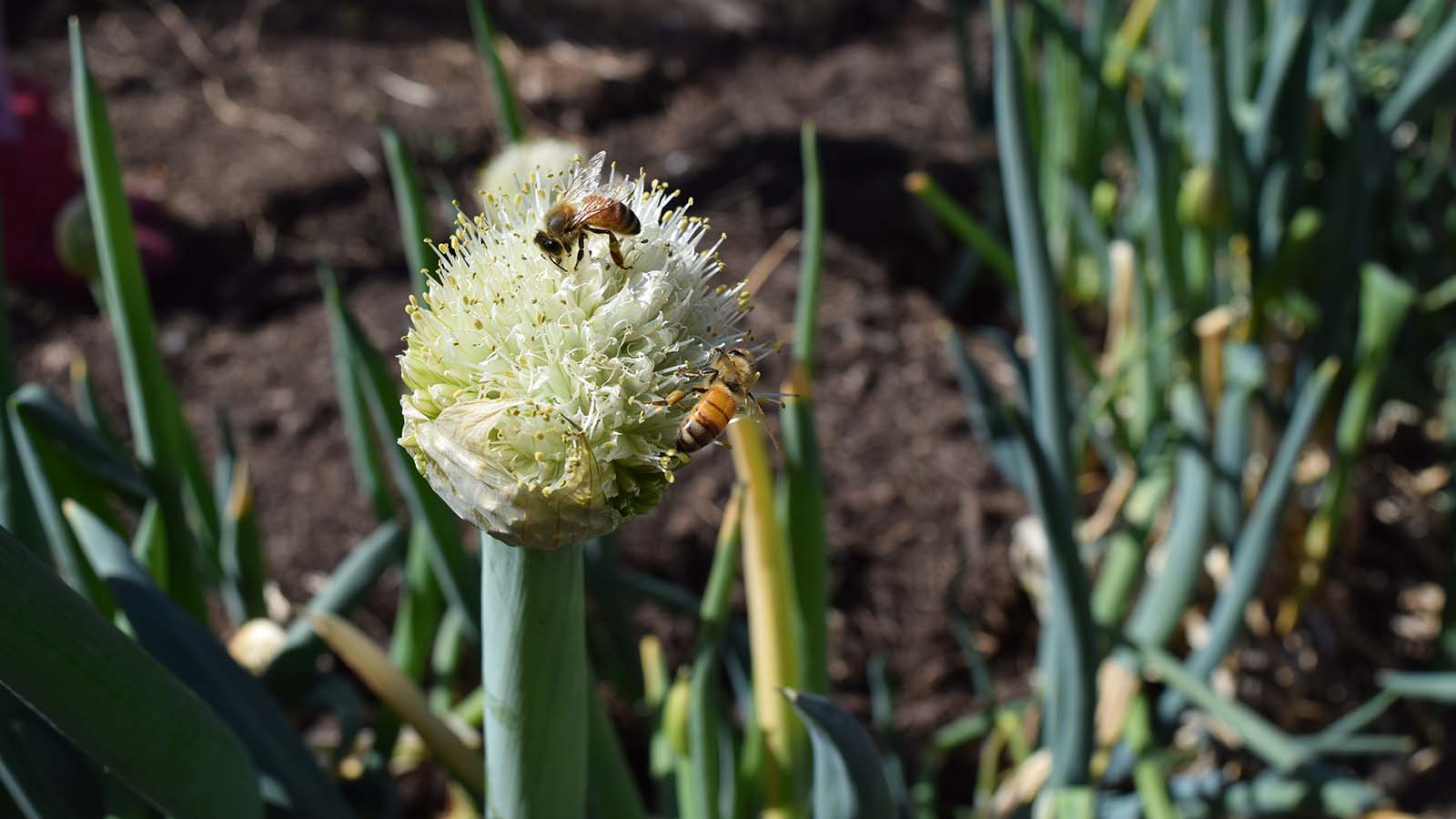Bush-friendly garden guide
Bush-friendly gardens feature different native plant species and are low-maintenance. They provide food and a range of habitat elements for birds, butterflies, lizards, frogs, and native insects. These gardens also help to:
- enhance the biodiversity of the urban landscape
- provide a continuous food supply for animals and birds that live in them
- connect nearby bushland.
Why bush-friendly gardens are great
- Bush-friendly gardens can provide important food for threatened species, including gang gangs, yellow-bellied gliders, and brush-tailed phascogales.
- Native plants evolved to suit Australian soils and climate. This means they need less water and maintenance. They can also cope with periods of drought or high rainfall.
- You don't need to prune native plants very often.
- You can use low-maintenance ground covers instead of grass lawns (which need a lot of water, fertiliser, and mowing).
- Bush-friendly gardens have shady trees and ponds. These features create a cool refuge for animals and birds.
Planning your garden
When planning your garden, you need to think about:
- the structure of the space, so you can choose plants of the right form and height
- the soil type and the type of plants that will thrive in it
- plant flowering times and flower colours
- the location of sunny and shady areas through the year
- any native animals already living in your backyard or neighbourhood.
Soil types+
Most plants need a certain type of soil to flourish. By working out the type/s of soil in your garden, you can choose plants that will thrive there.
The types of soil are:
- Clay: tiny particles that bond closely, holds water, prone to compaction and waterlogging.
- Loam: a mix of sand and clay combined with organic matter. This is the best soil for growing a wide range of plants.
- Sand: large, course particles, does not hold water, low in nutrients, well aerated.
How to work out your soil type
Roll a marble-sized chunk of moist soil between your fingers and try to form a ball:
- If the ball stays together, your soil is mainly clay.
- If the ball falls apart once you stop applying pressure, your soil is loamy.
- If you can't form a ball because the soil will not hold together at all, your soil is sandy.
Creating habitat+
A bush-friendly garden includes different native plant species and a range of habitat features.
If you choose plants that flower and fruit at different times of the year, you'll provide a constant food supply for animals.
You can create more places for animals to shelter in your garden if you:
- choose plants of varying height, shape and form
- add different landscape features, like logs and rock-walls.
Birds
- The more layers of vegetation your garden has, the more bird species it will attract.
- Include a range of food plants. For example, lilly pilly and blueberry ash attract fruit-eating birds, and kangaroo grass and wattle attract seed-eating birds.
- Provide plenty of microhabitats and avoid pesticides. This is important so that native invertebrates thrive, which provides food for insectivorous birds.
- Add bird baths of varying sizes and depths. Place the baths at different heights in the garden to help attract a range of birds. Birds need fresh water to drink and enjoy bathing.
Butterflies, bees and other insects
- The best way to help pollinating insects is to plant more flowers. Banksias, dianellas, eucalypts, and native peas
are all good options. - It's important to have a water source. A shallow bird bath with pebbles and sticks will provide insects with safe places to land and drink.
- Provide shelter items. For example, hollow logs, pieces of thick bark, and rock walls.
- A metre square of bare ground will encourage pollinating insects that nest in the ground.
Frogs
- Frog ponds come in all shapes and sizes. The pond should capture the full morning sun, then shad in the middle of the day. Some native fish in the pond will deter mosquitoes.
- Rocks, logs, shrubs, and groundcovers protect frogs as they eat and move around.
- Plants like swamp lilies will hold water and give frogs a cool and damp place to enjoy.
Lizards
- Rocky clusters in full sun make an ideal basking place for lizards. Log hollows, leaf litter, and rocky crevices provide shelter and a place to hibernate in winter.
- Provide water for lizards to drink in a shallow receptacle, like a saucer.
- Planting native ground covers and shrubs will provide lizards with extra shelter.
Mammals
- Hollows are important habitat for many nocturnal mammals, including possums, gliders, and microbats. Make sure you keep all hollow-bearing trees.
- Hollows take time to develop - a large hollow can take 100 to 150 years or more.
- Ground-dwelling mammals shelter in burrows, under logs and rocks, or in hollows of fallen branches.
Cats and native wildlife+
- Domestic and feral cats hunt and kill native wildlife. Contain your cat at home and don't let it roam. It's the safest and kindest thing you can do - for wildlife and your cat.
- There are many ways to keep cats safe at home in a way that provides for all their needs, while keeping wildlife safe.
- Cats can live a happy life indoors day-round. Outdoor options include a secure enclosure, or an outdoor area made from catproof fencing.
- Some cat owners like to train their cats to walk on a harness. This is a great way for the cat to enjoy the outdoors with almost no risk to wildlife.
- Council has free CatBibs that are comfortable for cats to wear but make it difficult for them to hunt.
Looking after your garden+
Prepare
- Mulch prevents soil from drying out. It also:
- adds important nutrients
- suppresses weeds
- helps protect your native plants from heat or frost.
- Remove weeds and add mulch before you plant. Lay down newspaper or cardboard before you mulch - you'll help prevent weeds regrowing.
- Mulch to a depth of five to seven centimetres – too much mulch stops water getting to plants.
- Keep mulch away from the stems of your native plants to avoid fungal infection.
- You can improve your soil by adding well-rotted organic matter or compost.
- You can improve heavy clay soils by adding gypsum.
- Identify common weeds and take action early, as some weeds are invasive. If you need help to identify a weed, you can:
- visit the WeedWise website
- download the NSW WeedWise app
- email weedID@esc.nsw.gov.au.
Plant
Follow these four simple planting steps:
- Thoroughly wet your plant while still in the pot.
- Dig a hole twice as wide and slightly deeper than the pot. Add water-storing crystals into the hole. This will help to lengthen the time between watering.
- Remove the plant from the pot and put in the hole so the top of the root ball is level with the soil around it.
- Backfill the hole with topsoil and press the soil down around the base of the plant before you water it.
Water
- Long, deep soaking of newly planted natives will encourage roots to move deep into the soil.
- Your plants will need less water once they're established.
Prune
- Pruning the tips of your plants will stimulate new growth.
- Snip the tops of shoots with secateurs or your fingers after flowering.
- The more you prune, the more compact and dense the plant will become.
Be inspired
Visit the Eurobodalla Regional Botanic Garden to see examples of four naturescape gardens that will inspire you. The:
- wildlife garden focuses on providing homes for local wildlife
- coastal garden is reminiscent of dunes and summers by the beach
- cottage garden uses an informal mix of colour and texture
- formal garden creates lines, order, and symmetry.
You'll also find plans and plant lists for the four garden designs on the Botanic Garden's website:
Native plants suitable for your garden
On this page you'll find a range of native plants suitable for the south coast region. We have categorised them by plant type (groundcover, shrub, tree, and vine). They also include growing characteristics.
If you need advice about which plants to choose for your garden, ask your local nursery or Council's natural resources team:
- T: 02 4474 1310
Planting guide
- Height (h) and width (w): These are estimates of average sizes of mature plants. The sizes are a general guide only. Plant growth will depend on the conditions in which you plant it.
- Flowering time: The season in which the plant flowers (if applicable).
- Soil type preference: Clay, loam or sand.
- Sunlight preference: Sunny, part shade or shade.
Create a bush-friendly garden
We can help you create a low-maintenance bush-friendly garden that's teeming with wildlife.
More information
Contact us
If you would like more information, please contact our natural resources team:
- T: 02 4474 1000
- E: Natural resources team












